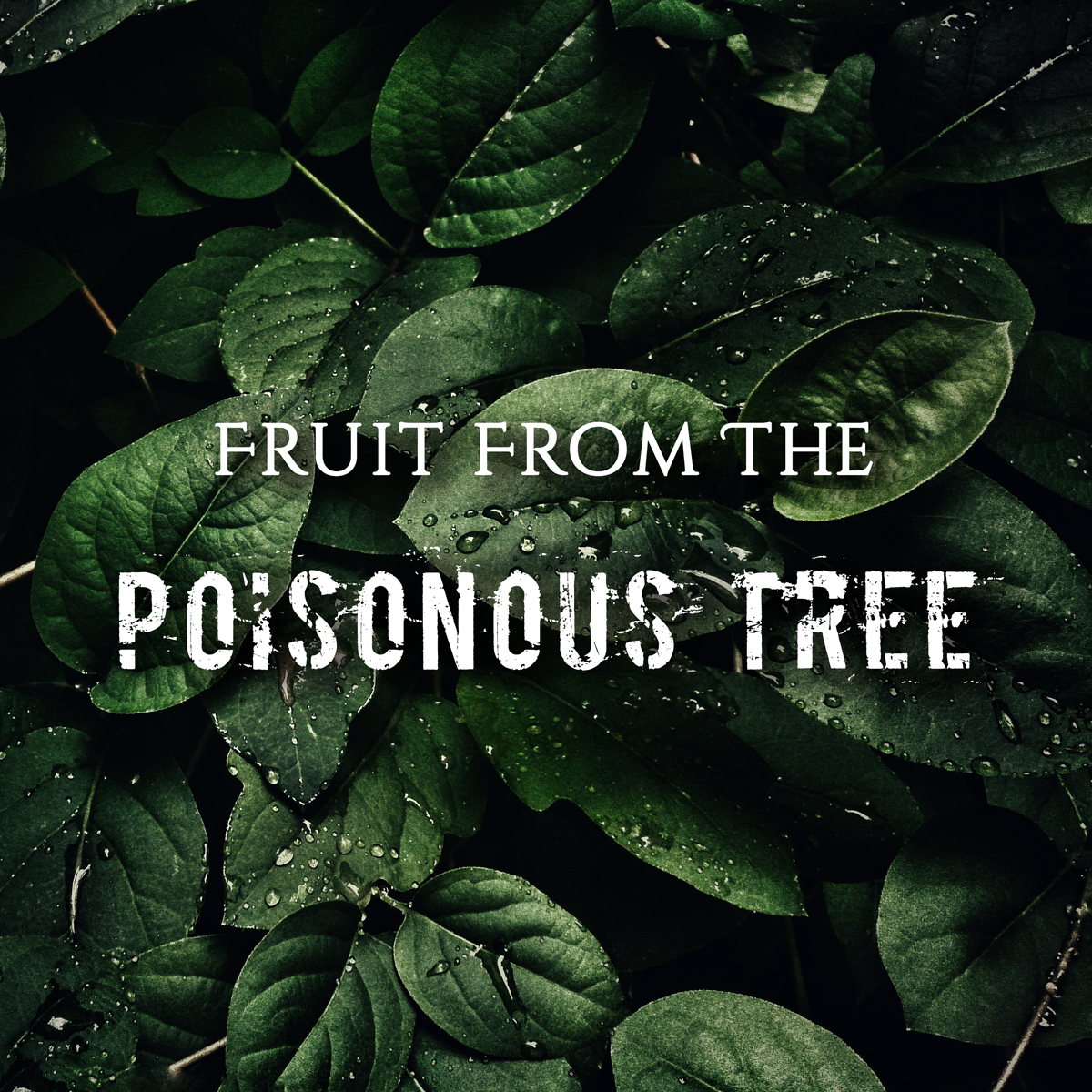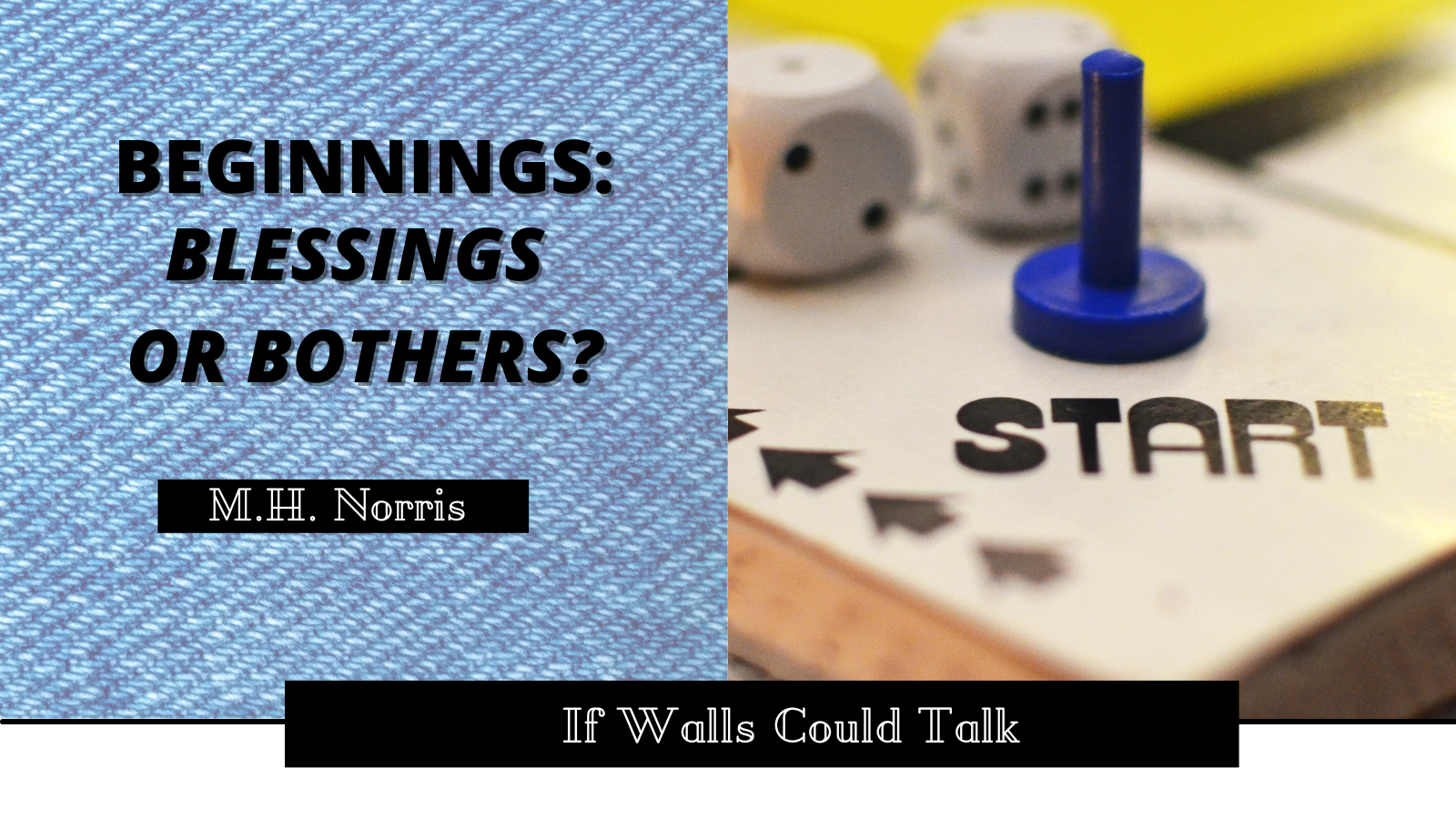
I feel like I often point out the flaws of various show and movies and use them as illustrations for what they did wrong. As a change of pace, I wanted to point out when something is done right and give a good example of it.
This is also a sequel of sorts to last week’s column.
What is Fruit Of The Poisonous Tree?
Fruit of the Poisonous Tree is the phrase used when illegal search and seizure techniques turn up evidence. If a defense attorney catches on, they can claim that the vital piece of evidence is fruit from the poisonous tree and thus is invalid.
This concept was truly invented as a result of the 1920 Supreme Court Case Silverthorne Lumber Co v US. Silverthorne was trying to evade paying their taxes and agents illegally seized their books and they were prosecuted for what was found.
The Supreme Court ruled that if they allowed evidence that was obtained in a way that is outside the Fourth Amendment, it would encourage the police to find ways to evade it in the name of justice.
About 20 years later the phrase “fruit of the poisonous tree” came into existence. Justice Frankfurter used the phrase in his 1939 opinion in Nardone v. United States.
This rule has three exceptions
- If the discovery of this evidence was inevitable.
- If it was discovered from a source independent of the illegal activity
- If the chain of causation between the chain of evidence and illegal activity is attenuated.
There is also a fourth exception: the good faith doctrine. This is where officers serve a defunct warrant believing that their search is perfectly legal.
Why Am I Talking About This?
In the NCIS episode “Judge, Jury…” that aired a couple of weeks ago, the central case got hit hard by this rule.
A cold case was closed thanks to DNA evidence. Casey, the Forensic Scientist who replaced Abby this season, matched it to a man who was suspected in a robbery two years prior. The DNA proved him innocent in the robbery but linked him to a case where poisoned ice cream bars sickened or killed several children.
The entire case the Prosecution presented rested on this DNA. This DNA pointed them to the suspect and allowed them to link him to the case.
But, there was a problem.
When the DNA cleared him of this case, it was supposed to be destroyed. This DNA was given voluntarily. But someone made a mistake and it ended up in the database. Because it was put there illegally, it is Fruit from the Poisonous Tree. Thus, everything they got from that – their entire case – was legally unusable.
Now, a hit was taken out on the suspect. Someone took justice into their own hands (but this thread wouldn’t be resolved until the following episode). But this episode was set on the premise that this guy got away with a crime because of a legal loophole.
One could make the argument that this was ultimately was done on Good Faith, but the fact is, they wouldn’t have looked at this guy without the evidence in question. The judge ruled that it was Fruit of the Poisonous Tree.
The entire team was annoyed. Here was this guy. They knew he was guilty. But they technically couldn’t look at him because they had no evidence that was legally obtained to point towards him.
One thing I wish this episode had done was spend more time reinvestigating the case and exploring the ramifications of them knowing who it was but not having anything to point his way. They had nothing to get a warrant, nothing to give them a solid lead. It’s very different to work toward a case with the full knowledge of who did it, but no direct link. But then, thanks to the hit, they were able to close the case.
I just think it was a set of several scenes that explored this concept in a way I haven’t seen that often. Also, I loved how it played off of what I spoke about last week.
It also made me want to play with that idea….
But more on that another time.




